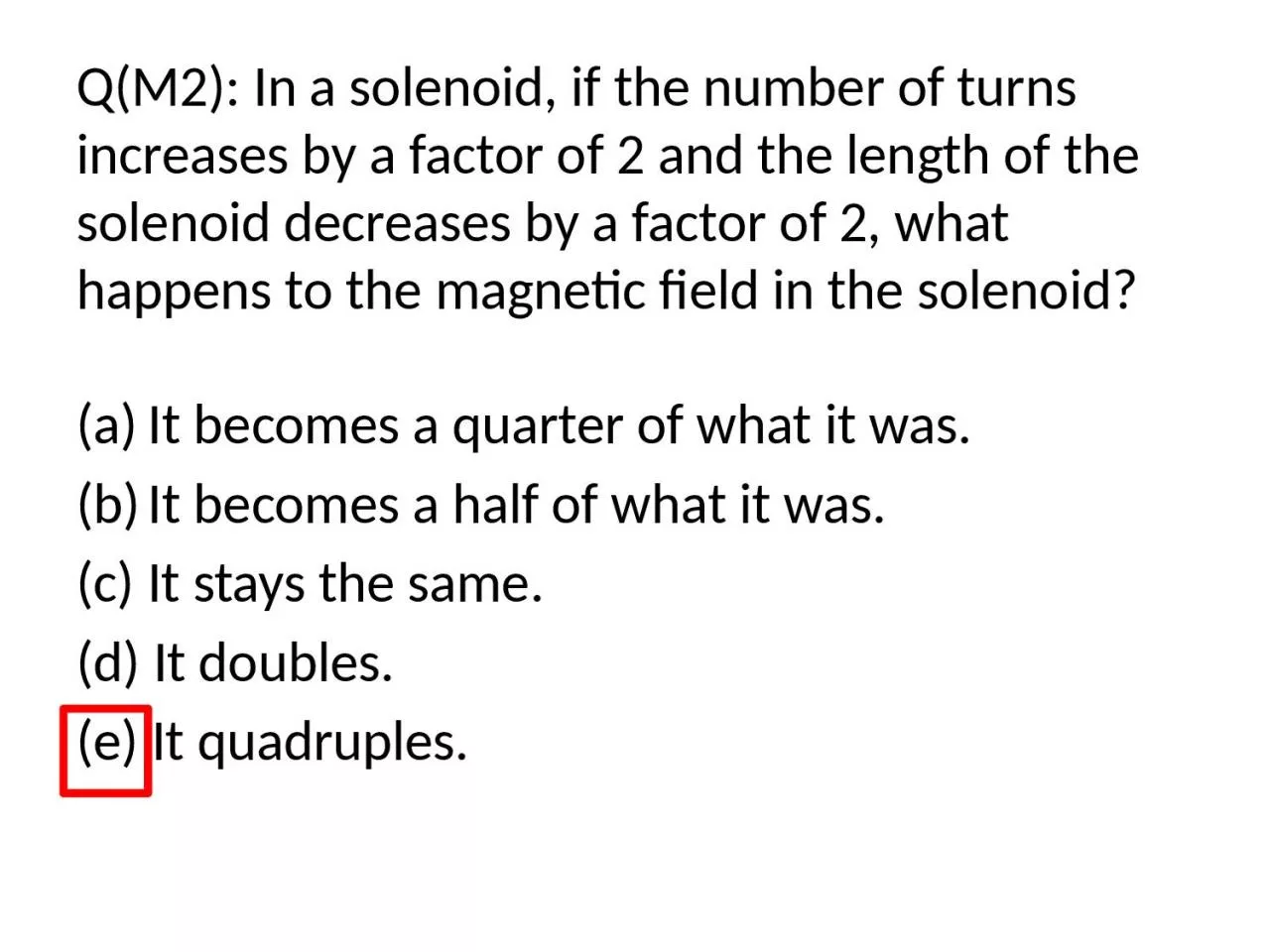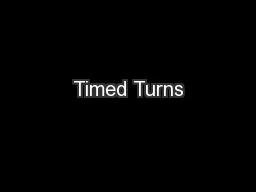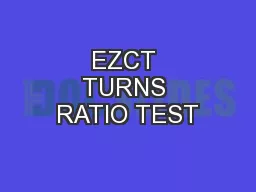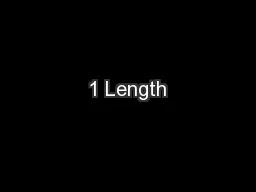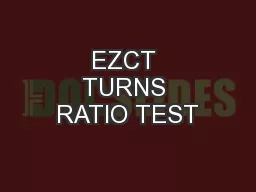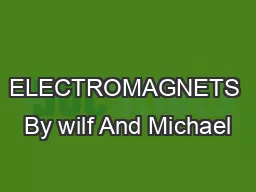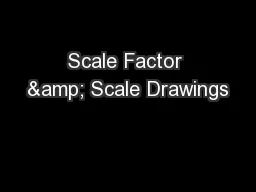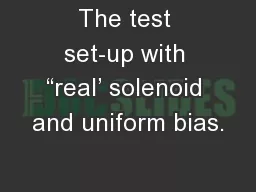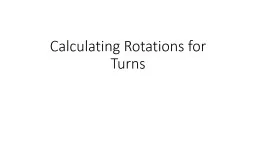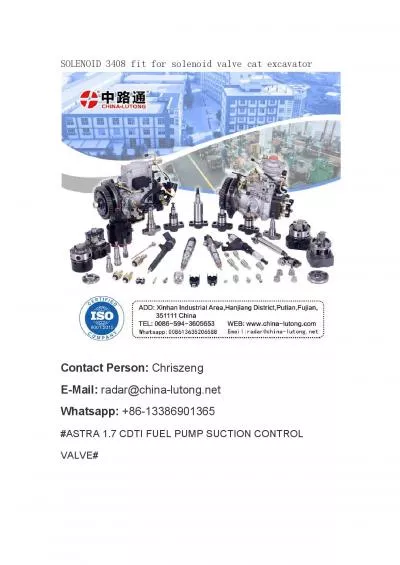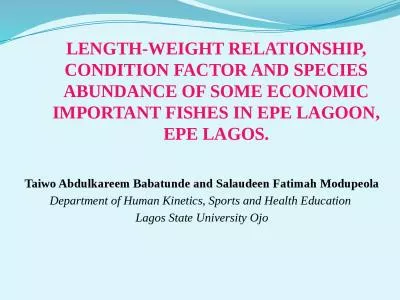PPT-Q(M2): In a solenoid, if the number of turns increases by a factor of 2 and the length
Author : abigail | Published Date : 2023-11-11
It becomes a quarter of what it was It becomes a half of what it was c It stays the same d It doubles e It quadruples QC1 If a dielectric material is added to a
Presentation Embed Code
Download Presentation
Download Presentation The PPT/PDF document "Q(M2): In a solenoid, if the number of t..." is the property of its rightful owner. Permission is granted to download and print the materials on this website for personal, non-commercial use only, and to display it on your personal computer provided you do not modify the materials and that you retain all copyright notices contained in the materials. By downloading content from our website, you accept the terms of this agreement.
Q(M2): In a solenoid, if the number of turns increases by a factor of 2 and the length: Transcript
Download Rules Of Document
"Q(M2): In a solenoid, if the number of turns increases by a factor of 2 and the length"The content belongs to its owner. You may download and print it for personal use, without modification, and keep all copyright notices. By downloading, you agree to these terms.
Related Documents

